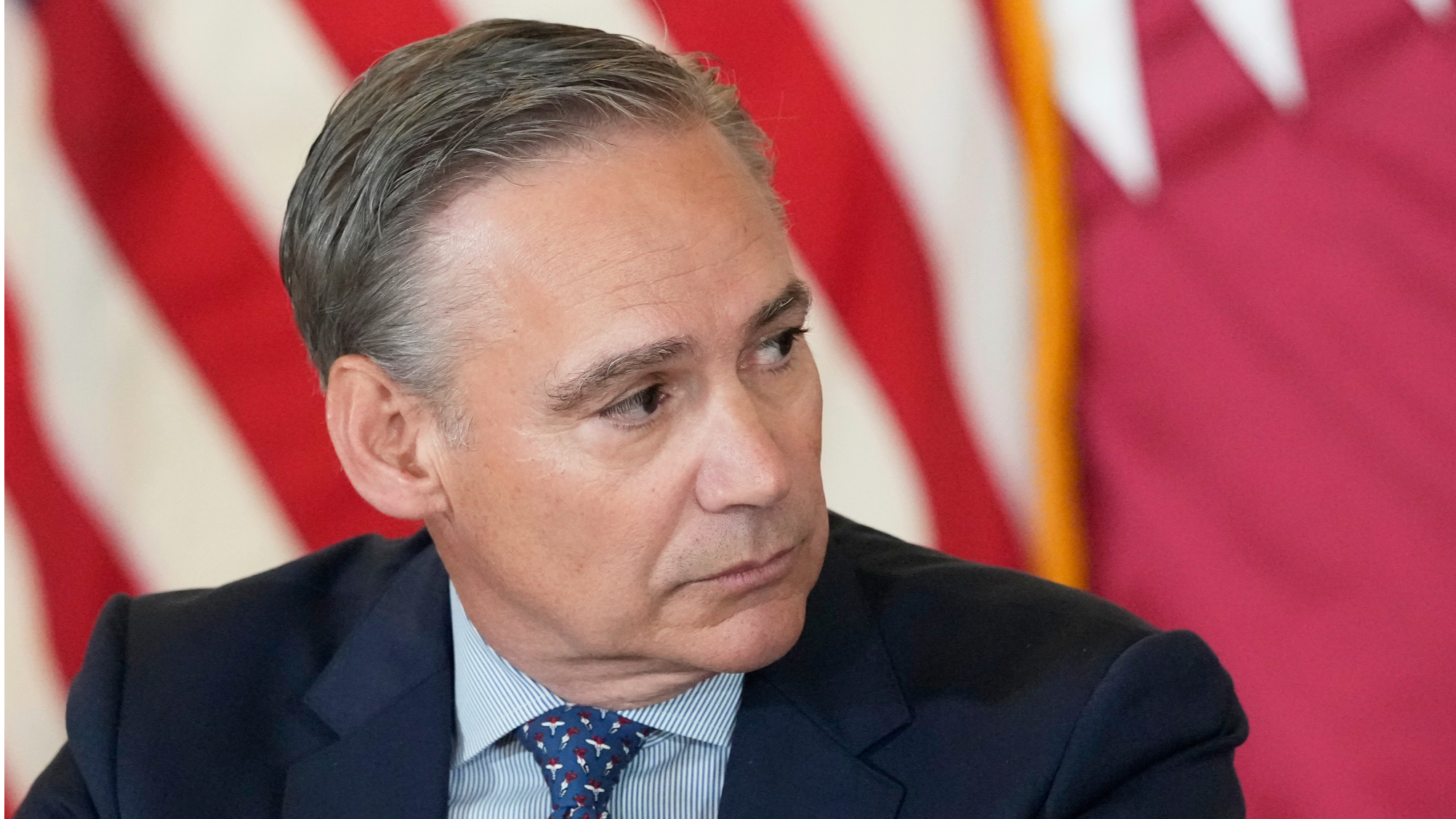
Boeing Co almost halted its cash burn in the second quarter, indicating that a turnaround initiated by Chief Executive Officer (CEO) Kelly Ortberg a year ago is paying off as the company delivers more aircraft.
The planemaker generated cash from operations for the first time since 2023 and consumed just $200 million in free cash flow during the three months, far less than the $1.8 billion analysts had expected. The company also reported a smaller-than-expected loss for the quarter as well as revenue that beat estimates.
Although its results outperformed Wall Street’s expectations across the board, Boeing shares declined after executives cautioned that the company faces a long comeback. They don’t expect free cash flow to be positive until the final quarter. For the year, the planemaker is on pace to burn through about $3 billion.
READ MORE: Boeing to raise up to $24.3b to shore up finances, stave off downgrade
Boeing is emerging from one of the toughest periods in its recent history, including a near-catastrophic accident at the start of 2024 and a debilitating strike in the final months. The crises squeezed the company’s finances and spurred Boeing to sell equity worth almost $24 billion. Ortberg, an aerospace veteran, came out of retirement last year to lead the revival.
“We’re just over halfway through 2025 and I’m pleased with our progress,” Ortberg said in a message to employees. “Change takes time, but we’re starting to see a difference in our performance across the business.”

Over the course of last year, the company burned through more than $14 billion in cash. Since then, aircraft orders have become an important negotiation tool in US tariff negotiations, with President Donald Trump tying many trade accords to Boeing plane orders. That, in turn, has supported Boeing’s business.
The US manufacturer has won more orders so far this year than Airbus SE, its European rival. Boeing’s defense business was profitable for a second consecutive quarter, while its commercial jet deliveries are rising as its factories settle into a steadier production tempo. Boeing delivered 280 aircraft in the first half, the most in the first six months of a year since 2018.
Boeing shares declined as much as 4.1 percent during a see-saw trading session Tuesday in New York. Through Monday’s close, the stock had risen 34 percent this year, the best performance among the 30-member Dow Jones Industrial Average.
Analyst Scott Mikus of Melius Research attributed some of the selloff to “profit-taking” by investors. GE Aerospace and RTX Corp. had similar declines when they reported strong results, with the shares eventually rebounding, he said in an interview.
“Boeing has the change-agent CEO it needs, all three of its segments are gaining momentum, and we would be buying today’s pullback,” Mikus told clients in a research note.
Second-quarter sales grew 35 percent from a year ago to $22.75 billion, Boeing said in a statement, about $1 billion more than analysts had predicted. The company recorded an adjusted loss per share of $1.24, better than the expected $1.40 loss.
The earnings included a $445 million cost to settle a US criminal case related to two fatal crashes of its 737 Max jets, although a Texas court hasn’t yet approved the agreement between Boeing and the Justice Department.
Boeing investors may also have been spooked by the $700 million hit to cash the company faces in the third quarter when it books the full costs from the long-running legal saga, Mikus said.
Brian West, Boeing’s chief financial officer (CFO), steered that the cash performance for the period will be in line with second-quarter results. His full-year guidance implied that the fourth-quarter cash generation would be weaker than analysts predicted, Mikus said.
The turnaround led by Ortberg is still in the early stages, and far from assured given the company’s debt load and tumultuous end markets. The Boeing CEO confirmed that certification of the final two 737 Max models, the -7 and -10, will likely slip into 2026 as the company works on a redesign of an anti-ice system for the jets’ engines.
Boeing has been making 737 jets at a 38-jet monthly pace since May, but will need approval from the Federal Aviation Administration (FAA) before raising output to a 42-jets pace, a step the company will seek to request “soon,” Ortberg said.
Monthly production of the larger 787 Dreamliner model has been raised to a seven-jet monthly rate, Ortberg said, up from its previous five-jets-a-month clip.
The planemaker has invited new FAA Administrator Brian Bedford to visit its Seattle-area factories “in a week or so,” Ortberg said in an interview on CNBC.
Boeing’s commercial business narrowed its loss from a year ago, while the defense division earned a $110 million operating profit and didn’t record any accounting charges. The company is seeing improved performance in the fixed-price development programs responsible for the worst of the overruns, Ortberg said.
Still, the division’s recovery faces a new threat after more than 90 percent of workers in St Louis voted Sunday to reject a company offer and go on strike. The two sides are in a cooling-off period, but haven’t yet resumed contract talks.
READ MORE: Boeing furloughs thousands as no progress made to resolve strike
But any strike by defense workers likely wouldn’t produce the same fallout as last year’s sweeping shutdown stemming from a strike by Boeing’s Seattle Machinists union, which is about 10 times larger, Ortberg said.

Boeing’s global services business continues to be the company’s most profitable, notching 19.9 percent margins and an operating profit of $1.05 billion. The company didn’t provide any detailed financial guidance for the year, continuing its practice since a global grounding of the 737 Max plunged it into crisis in 2019.
“This is probably one of the best quarters Boeing’s had in a long time, but the company’s not taking a victory lap,” said Ron Epstein, an aerospace analyst at Bank of America. “There are more steps to take.”


